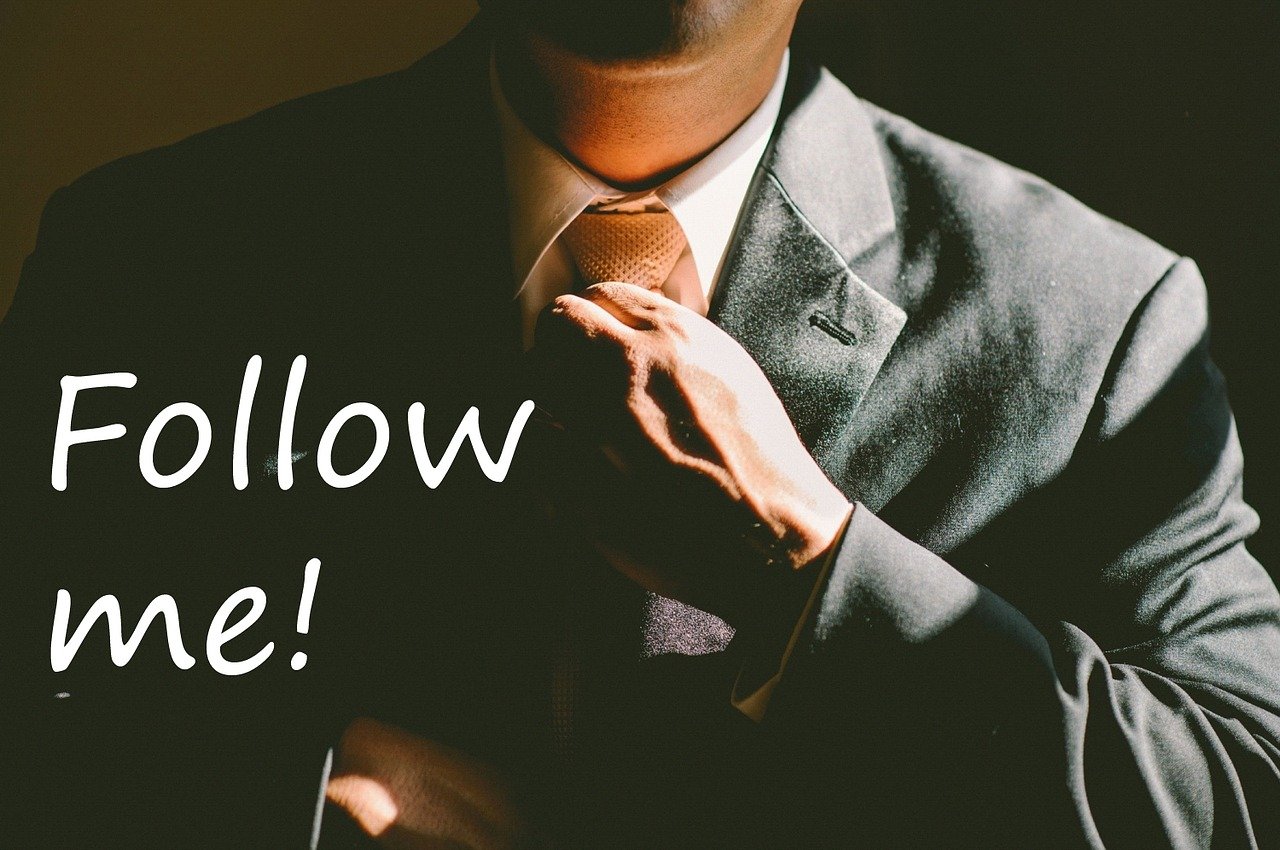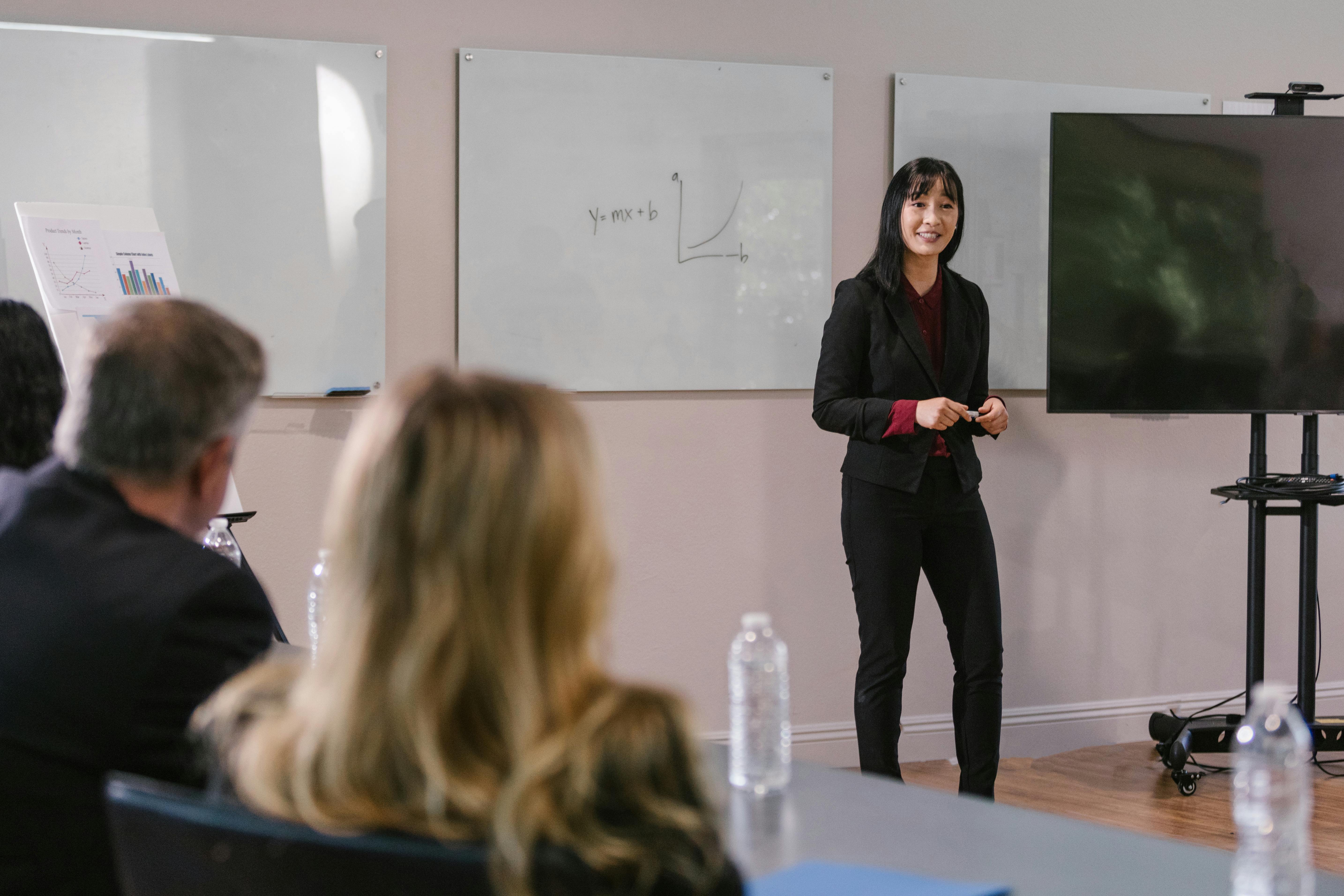Strategies for Thriving in Your First Leadership Role Taking on your first leadership role is both an exciting and daunting experience. The shift from being an individual contributor to overseeing a team brings with it new challenges and responsibilities, as well as ample opportunities for growth. It’s a pivotal moment in your career, and the…
The Best Ways to Follow Up After an Interview

The Best Strategies for Following Up After a Job Interview
Getting an interview is an exciting accomplishment in the job search process, but it’s only one step toward landing the role. What you do after the interview is equally important. A thoughtful follow-up can demonstrate your professionalism, reinforce your interest in the position, and set you apart from other candidates. In this article, we’ll explore the best practices for following up after an interview, including when to reach out, how to craft an effective message, and common mistakes to avoid.
Why Following Up Matters
Before diving into the specifics, it’s helpful to understand the significance of following up. A well-crafted follow-up message offers several benefits:
- Shows Gratitude: Thanking the interviewer for their time reflects well on your character and demonstrates professionalism. It’s a simple yet powerful way to make a positive impression.
- Reaffirms Your Interest: A follow-up serves as a reminder that you are still very interested in the job and the company, especially if the decision-making process is taking longer than expected.
- Keeps You at the Top of Their Mind: Employers often meet with multiple candidates for a single position. A follow-up email helps ensure you remain memorable and keep your name in front of them.
- Allows You to Clarify or Add Information: If you forgot to mention something important or want to elaborate on a point made during the interview, the follow-up email is a great opportunity to address these details.
- Demonstrates Strong Communication Skills: Sending a thoughtful, well-written follow-up message reflects your ability to communicate effectively and professionally.
When Should You Follow Up?
The timing of your follow-up is crucial. You want to strike a balance between showing eagerness and being respectful of the hiring manager’s time. Here’s a general timeline to follow:
First Follow-Up: 24-48 Hours After the Interview
The best time to send your initial follow-up email is within 24 to 48 hours of your interview. This shows you are prompt and appreciate the opportunity, without being too insistent or rushed. It’s important to send your message while the interview is still fresh in the interviewer’s mind, but not too soon that it feels hasty.
Second Follow-Up: One Week After the Interview
If you haven’t received a response after your initial follow-up, it’s appropriate to send a gentle second email around a week later. Express your continued interest and inquire about the status of the hiring process.
Final Follow-Up: Two Weeks After the Interview
If you’ve still heard nothing after your second follow-up, a final message can be sent around two weeks after the interview. At this stage, it’s important to remain courteous and express understanding that these processes can take time.
Writing the Perfect Follow-Up Email
While a handwritten note or phone call can sometimes be effective, an email is usually the quickest and most professional way to follow up. Here’s how to structure a follow-up email that leaves a strong impression:
Express Gratitude
Always begin by expressing your gratitude for the opportunity to interview. Personalizing your message by referencing something specific discussed during the interview can make it even more sincere.
Example: “Thank you so much for taking the time to meet with me today. It was a pleasure to learn more about your team and the innovative work you’re doing.”
Reinforce Your Interest in the Role
Use this opportunity to reaffirm your enthusiasm for the job and the company. You can mention specific aspects of the role or company that appeal to you.
Example: “After our conversation, I’m even more excited about the opportunity to contribute to your team and help drive forward your goals in [specific project or initiative].”
Highlight Relevant Strengths or Experience
If there’s anything important you didn’t get to discuss during the interview, now is your chance to bring it up. Briefly highlight why you’re a strong fit for the position.
Example: “I wanted to further emphasize my experience with [specific skill or responsibility], which aligns with the goals of your department and the challenges we discussed.”
Inquire About Next Steps
End your email by politely asking for information about the next steps in the process. This keeps the conversation going and shows your continued interest.
Example: “I’d love to learn more about the next steps in the process and would appreciate any updates you can provide on the timeline.”
Close Professionally
Conclude your email with another expression of thanks and a professional closing.
Example: “Thank you once again for your time and consideration. I look forward to hearing from you soon.”
Sample Follow-Up Email
Subject: Thank You for the Opportunity – [Your Name]
Dear [Interviewer’s Name],
I want to sincerely thank you for the opportunity to interview for the [Job Title] position at [Company Name]. I truly enjoyed our conversation and learning more about the exciting initiatives your team is working on.
After reflecting on our discussion, I am even more enthusiastic about the chance to contribute my [specific skill] to help [Company Name] achieve its goals. I’m confident that my background in [related experience] would enable me to make a meaningful impact on your team.
Please don’t hesitate to reach out if you need any additional information from me. I’m eager to hear more about the next steps and the timeline for your decision-making process.
Thank you again for your time and consideration. I look forward to hearing from you.
Best regards,
[Your Name]
[Your Phone Number]
[Your LinkedIn Profile or Portfolio (if relevant)]
Alternative Methods for Following Up
While email is the most commonly used method for post-interview communication, there are other ways to follow up, depending on the situation.
LinkedIn Message
If you’ve connected with the interviewer on LinkedIn, sending a polite message through the platform is another way to follow up. Keep the message short and professional, mirroring the tone and content of your email.
Phone Call
In certain situations, such as if you’ve been instructed to contact the hiring manager by phone or if your interview was conducted over the phone, a follow-up call can be appropriate. However, this method is more personal and might not always be the best approach for all job seekers. Always consider the interviewer’s preferences before opting for a call.
Handwritten Thank-You Note (For In-Person Interviews)
In some industries, especially traditional ones like law or finance, sending a handwritten thank-you note can make a strong impression. It’s important to send this within 24 hours of your interview to ensure it reaches the recipient promptly.
Common Mistakes to Avoid When Following Up
While following up is generally a positive move, there are several common mistakes that candidates should be careful to avoid:
Sending a Follow-Up Too Soon or Too Often
Timing matters. Sending an email too quickly after the interview can come across as overeager. Likewise, if you send follow-up emails too frequently, it may appear desperate. Be patient, and give the employer enough time to process interviews and make decisions.
Using an Informal or Casual Tone
Even if the interview was casual, it’s essential to maintain a professional tone in your follow-up communication. Avoid using slang or overly casual language, and address the interviewer by their proper title unless instructed otherwise.
Overlooking Proofreading
Grammatical or spelling errors can hurt your chances of getting hired. Before sending your follow-up email, carefully proofread it to ensure it’s polished and free from mistakes.
Sending a Generic Follow-Up
A generic, one-size-fits-all email won’t leave a lasting impression. Personalize your message to reflect the specific conversation you had with the interviewer, and make sure to mention aspects of the job that you are particularly excited about.
Conclusion
Following up after a job interview is an important part of the hiring process. It’s a chance to express gratitude, reaffirm your interest, and keep communication open with the hiring manager. By following the best practices outlined in this article—such as timing your messages appropriately, crafting personalized follow-up emails, and avoiding common pitfalls—you can increase your chances of standing out in the hiring process.
Remember that professionalism, patience, and thoughtfulness go a long way. With a well-timed and well-crafted follow-up, you can keep yourself in the running and show the employer that you are the ideal candidate for the job.





